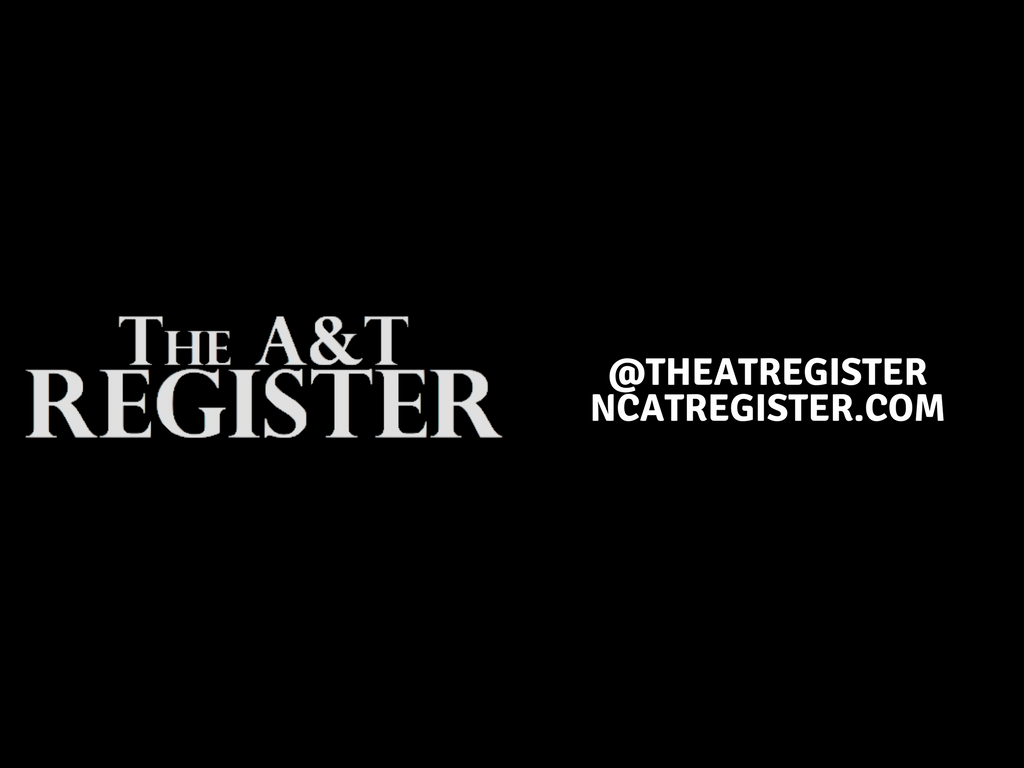Diversity and inclusion is the hottest trend among most national corporations. Companies are striving to be the face of America which includes a diverse and “inclusive” marketplace.
Employers are aiming to look more presentable to consumers, investors and potential employees by promoting a diverse and inclusive work environment. While many companies have attempted to be more inclusive, only some have figured out how to successfully cater to diverse consumers.
As consumers, we’ve seen the pitfalls of companies with a lack of diversity and inclusion. Black Twitter raged last year over H&Ms marketing strategy that went wrong.
H&M’s “coolest monkey in the jungle” hoodie was promoted blindly on a dark skinned boy.
“I worked for them for years and they’re clueless sometimes. The head office in Sweden is very disconnected to issues of racism, cultural and social challenges. They seriously probably think this is cute,” said former H&M employee, Hasani Ryes, @HasaniReyes.
There is a chance that the lack of diversity in their team led to the backlash from the public. If there had been one black person there or someone who was aware of the connotation the word “monkey” carries, then the outcome could have possibly been different.
This summer, I conducted research for my internship by searching for diversity reports from tech companies. The project which I first thought would be a breeze impacted me more than I had planned.
As I searched the internet and websites for reports, I had a hard time finding them. Some companies have glorified pages with videos and descriptions, but no formal data. Some companies championed around their inclusivity of women in the workforce but, again, without actual data.
When I eventually found the report, what I learned was truly shocking. Companies only had a range from three to seven percent of black people in their workspaces.
As of April 2017, Lyft only had six percent black people in their company. From a leadership standpoint, black people make up only one percent.
At Amazon, women only make up 26 percent of their management. As a black woman, it’s hard to come to terms with these numbers.
As a student attending the largest public HBCU that graduates the largest amount of black engineers, I assumed that every student receive a job after graduation.
Companies have started forming “resource groups” comprised of specifically black, Asian and LGBTQIA communities to help bring a different viewpoint to their company. These groups also offer a network and a form of upward mobility. They can host events to the public on how to receive employment opportunities within the company.
The Black resource group at Microsoft has an initiative where they are looking to establish a business forum for elevating technical business solutions directly addressing unique challenges in Africa.
Spotify is another company making diversity and inclusion efforts. Spotify hosts a conference called “The Opening Act” where they recruit students from HBCUs to give them a look into their company and the tech industry.
Spotify also spotlights black history year round with their “Black History is Happening Now” campaign.
As companies move to become more diverse and inclusive across all platforms, America has the opportunity to do more than increase the job market and create products for all people.







